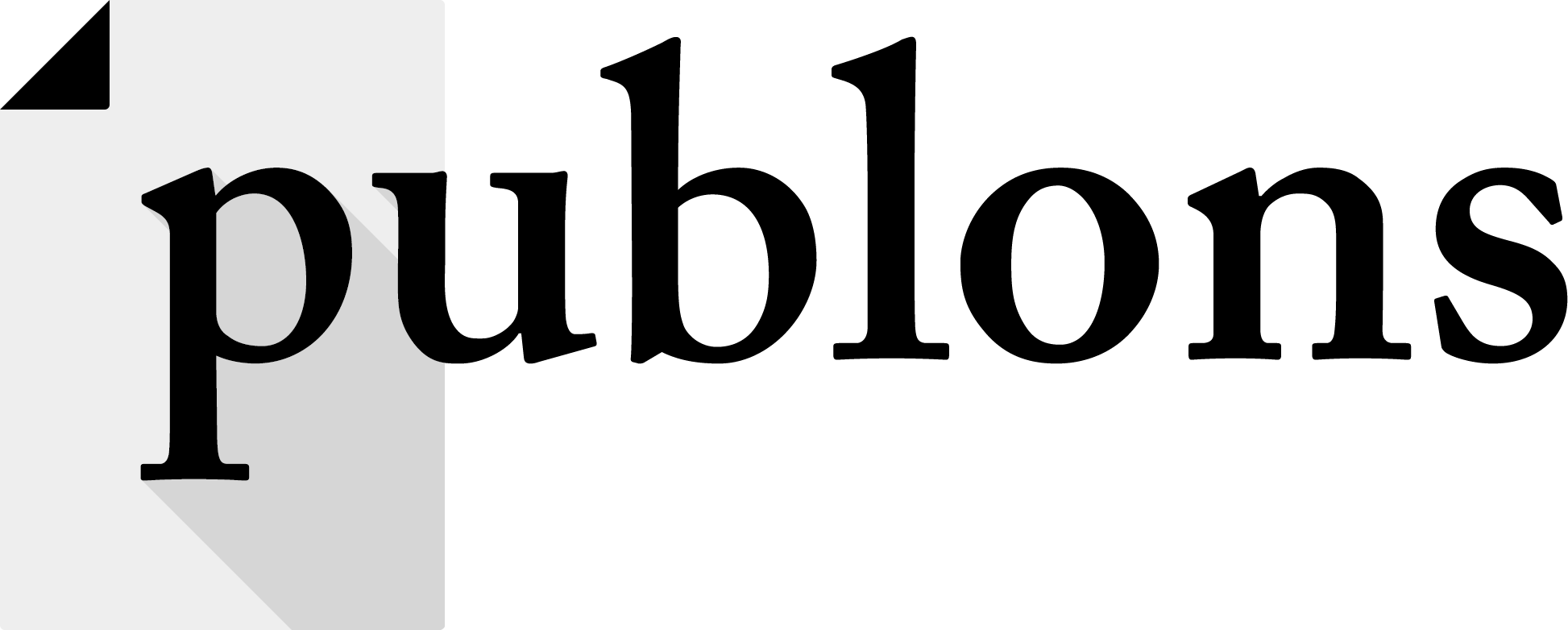CALL FOR PAPER VOL 10 No 2 (July-December), 2023
We received a manuscript in English for publication in Vol 10 No. 2 (July-December) 2023.
Article Processing Fee (APC): Rp. 100.000
Manuscripts that are NOT COMPATIBLE with the latest 2023 TEMPLATE that has been provided, will be REJECTED.
Submit manuscript:
01 January 2023 - 30 October 2023
Peer Reviews:
01 - 30 November 2023
Revision:
November - December 2023
Online Publication:
30 December 2023










.png)

